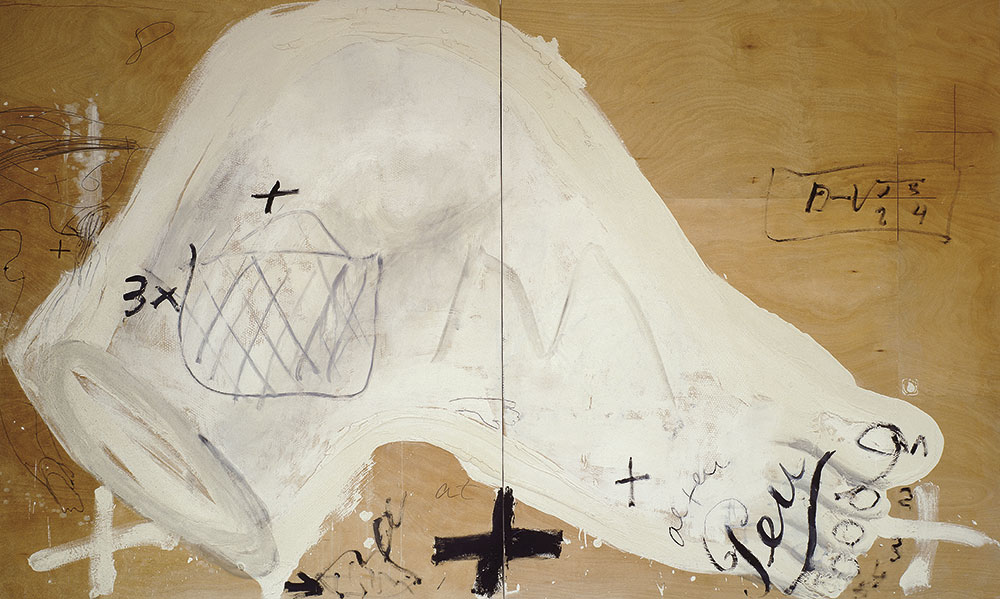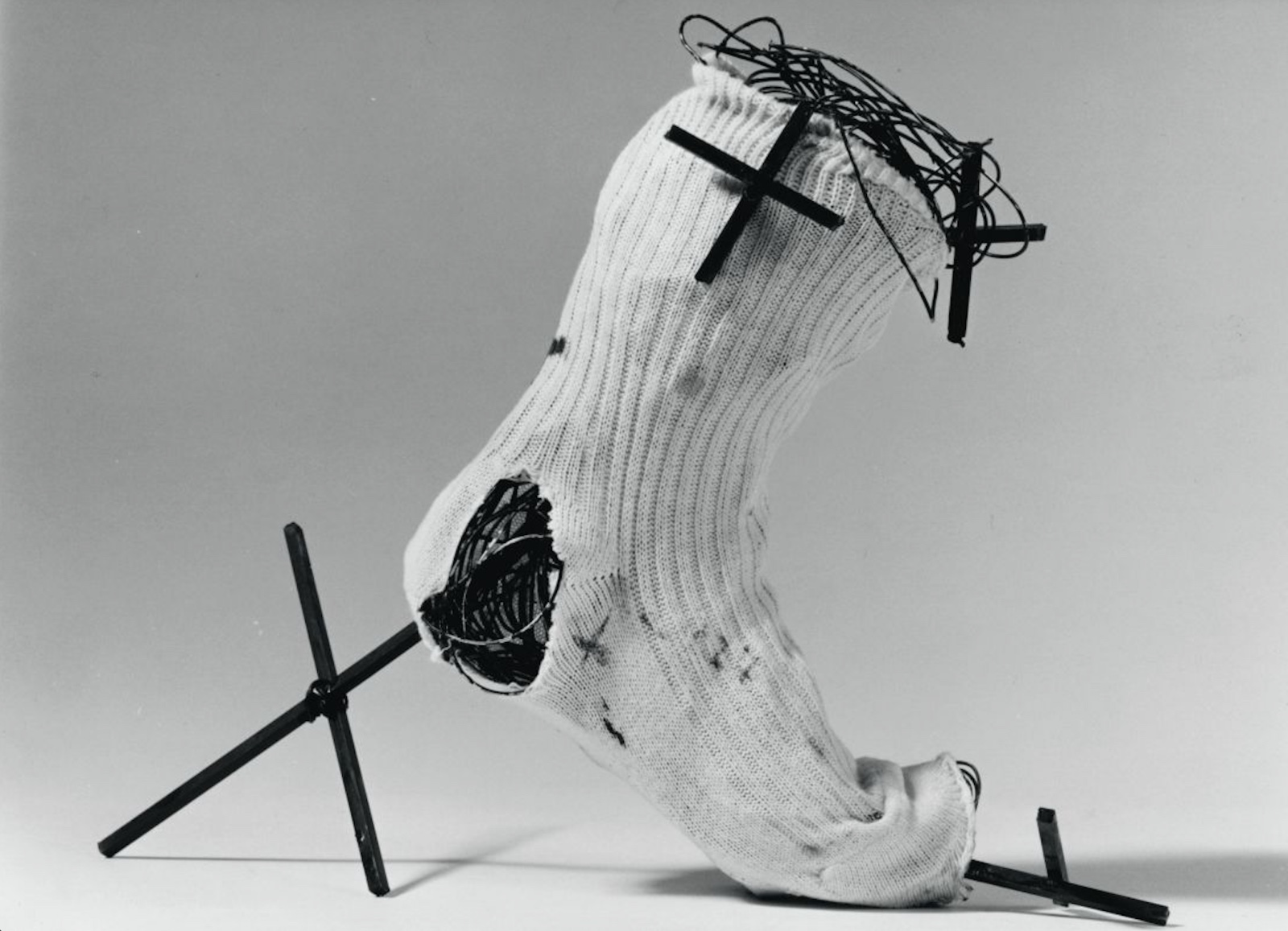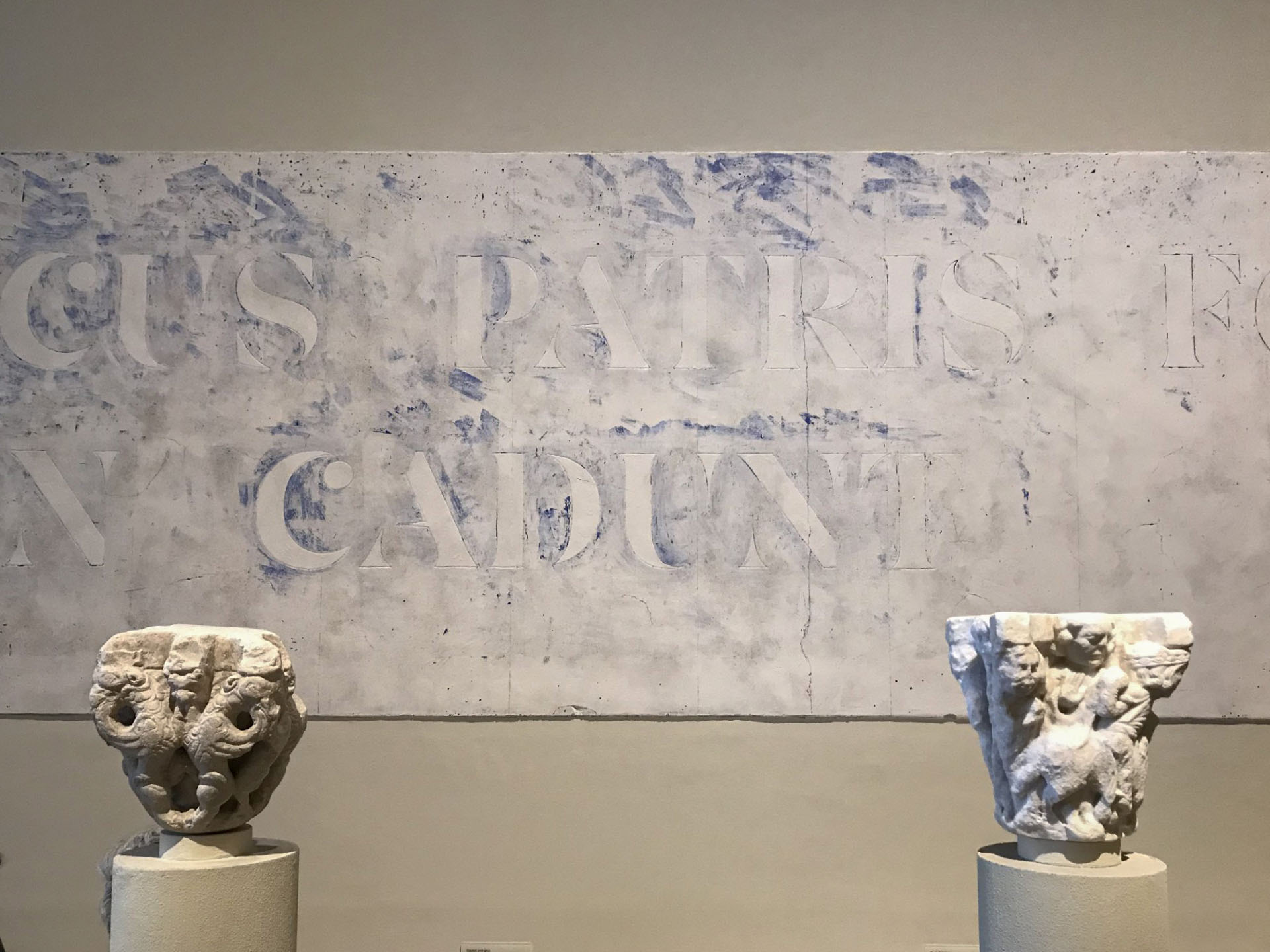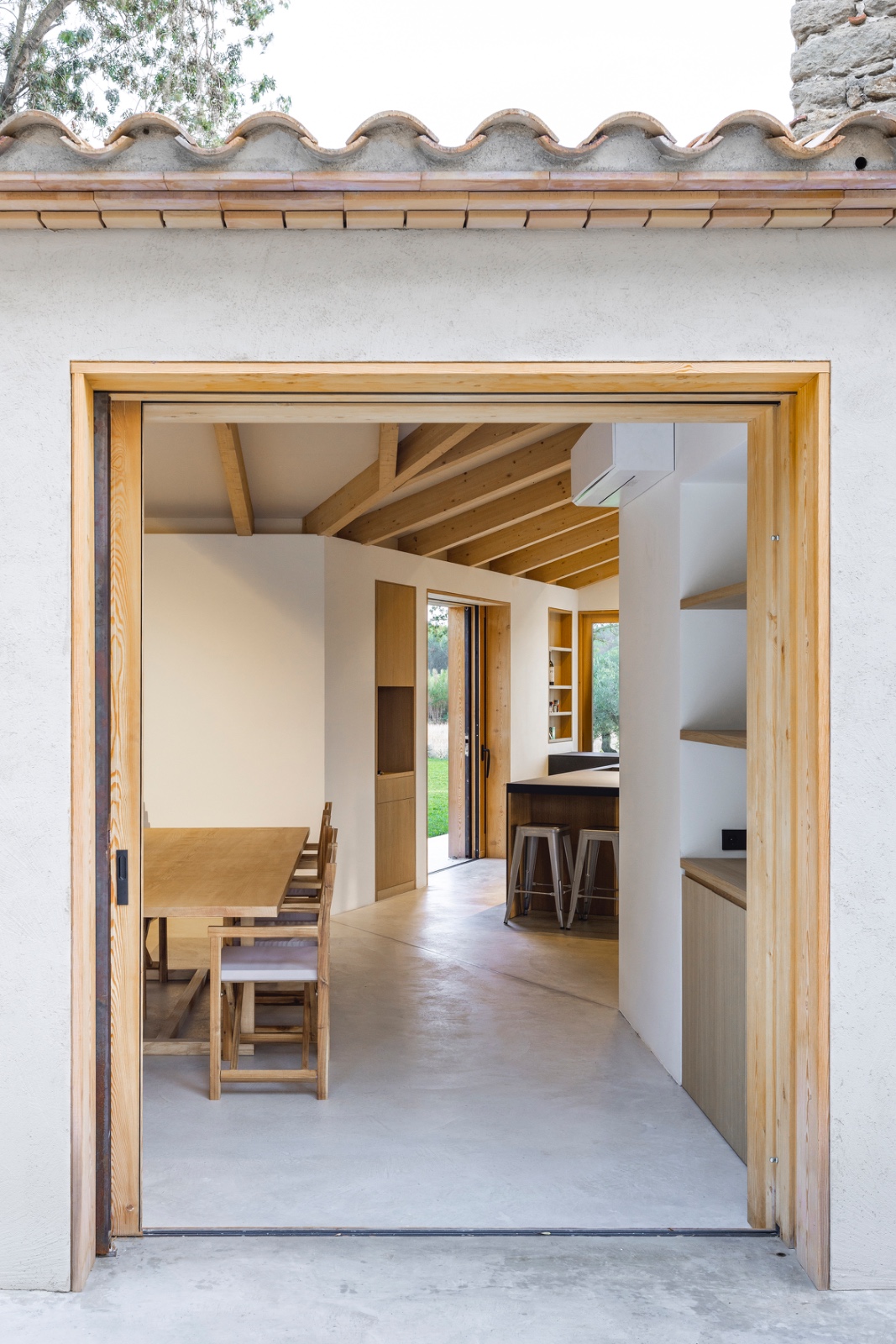News
The relief of Saint Catherine: a key piece of the Castilian dynasty
A piece of marble reveals the dynastic link of the Castilian crown and contributes to Catalan heritage thanks to research from the Casacuberta Marsans collection.
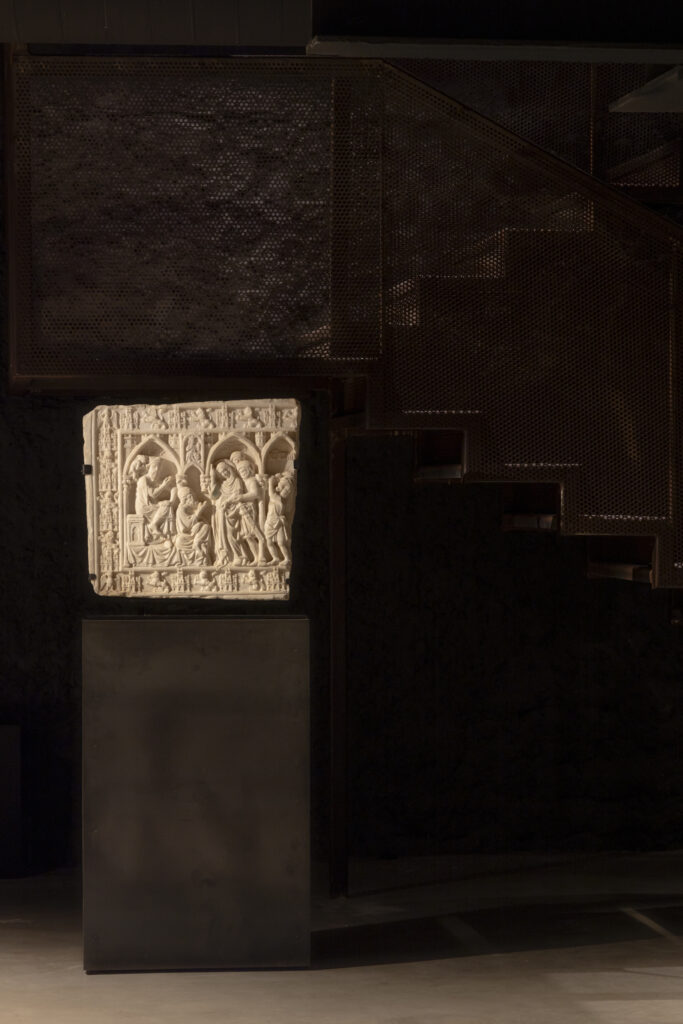
The Casacuberta Marsans collection preserves a piece of marble that has revealed much more than could be imagined. At first glance, it is a relief sculpted with great detail that represents Saint Catherine, surrounded by a heraldic border where castles, lions and eagles alternate. Initially, it was acquired as a work linked to the environment of Alfonso X, but the research of the historian Gerardo Boto , especially through the study El primer retablo hispano de Santa Catalina y la presencia sepulcral de Beatriz de Suabia en Las Huelgas, has opened a new reading that relates the piece to a key moment in Castilian dynastic history.
Based on the heraldic elements, Boto places the piece in the third quarter of the 13th century, identifying a singular combination of emblems: Castile, León and Swabia-Hohenstaufen. This triple presence was only possible after the marriage of Ferdinand III to Beatrice of Swabia in 1219, and is not documented before 1235. According to the study, the conjunction of these symbols with the cult of Saint Catherine occurs exclusively in a very specific context: the abbey of Las Huelgas, a Cistercian monastery where the queen was buried.
In fact, the piece allows us to locate for the first time the scenography of the burial of Beatrice of Swabia in the church of Santa Maria la Real in Las Huelgas. Boto provides previously unpublished documentation that confirms that the queen was buried in front of an altar dedicated to Saint Catherine, which gives meaning to the iconography of the relief. The work, therefore, would express a devotion linked to the memory of this queen and, at the same time, the filial affection of King Alfonso X, who according to the study would have been its promoter.
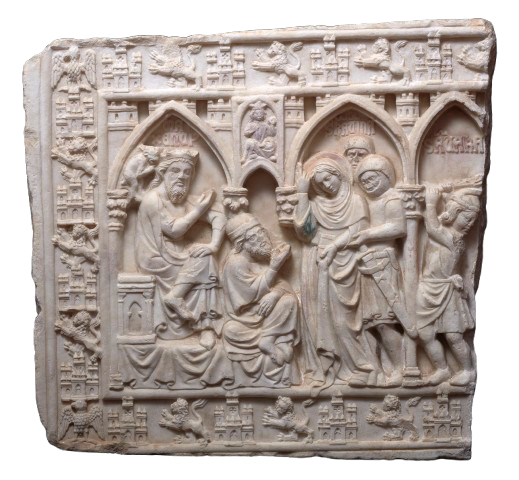 Fragment del relleu de Santa Caterina, Tercer quart del segle XIII. © Casacuberta- Marsans
Fragment del relleu de Santa Caterina, Tercer quart del segle XIII. © Casacuberta- Marsans
This white marble relief, now fragmented, represents several episodes of the passion of Saint Catherine. Two scenes from its cycle are arranged under pointed arches, supported by columns with vegetal capitals and with a background of miniature architecture. In the first, the emperor Majencius —identified by an inscription— appears enthroned, with a demon in his ear and, at his feet, a seated philosopher. Both he and the emperor, through the textual reply, declare themselves idolaters and demand adoration for Saint Catherine. She appears in the following scene, dressed in a tunic and veil, showing a book that symbolizes her wisdom and raising her hand in a gesture of reasoning and divine invocation. Later, an executioner in a short tunic prepares the blow with a club of chains, indicating that the violence continues in a subsequent arch where the saint is attacked. The figure of Catherine, with the book and the gesture of speech, is exalted as a symbol of wisdom and eloquence, an image widely spread in the West since the 12th century, despite the fact that her relics were only venerated in Rouen since the mid-11th century.
Boto's study highlights the commemorative and spiritual function of this piece, which becomes an early example of visual displays that, linked to altars and often located near tombs, contributed to the construction of memory and dynastic identity. Regarding the piece's history, it is only known that before arriving in Barcelona it belonged to a resident of Madrid, who had inherited it from her parents. Its commercial traceability is scarce, but its historical and symbolic value is indisputable. The presence of this relief in the Casacuberta Marsans collection not only guarantees the conservation of a unique object, but has also encouraged its research and contributed to recovering an episode from the peninsular royal past.





